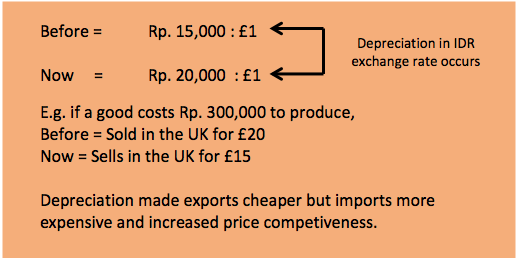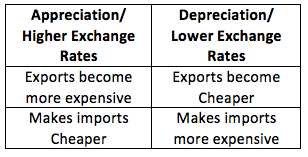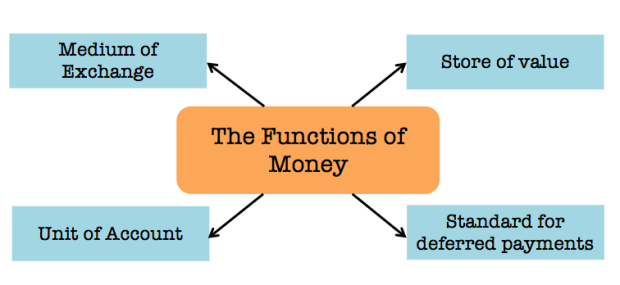There are several different unwanted effects of inflation that may affect households, firms and the economy such as reducing purchasing power, reducing the value of savings, increased business costs, balance of payments problems and increased in government spending
Reduces purchasing power
As inflation rises, the purchasing power of money reduces. This means that people aren’t able to buy as much with their income as they had been able to before. Although, it may not pose a problem if incomes/wages rise at the same rate or faster than inflation. If incomes/wages rise at a slower rate compared to prices, then there will be a reduction in purchasing power.
Increased Business Costs
There are a number of costs that inflation can inflict on a business.
- When inflation occurs, this can often result in higher production costs which affect firms negatively. Higher production costs for resources such as raw materials, advertising, insurance, etc will result in a decrease in profit. In order to maintain their profit margin, firm may raise their prices.
- As a result of inflation, purchasing power is typically reduced. If wages and incomes do not rise, when purchasing power is reduced so is the standard of living. This can create conflict between the employers and trade unions as there will be a demand from the trade unions for higher wages that may result in strikes, etc.
- Menu costs are costs to a firm when they have to update menus, brochures, websites, etc. as a result of inflation. Firms will need to increase their prices repeatedly when inflation is rapid as customers must be informed of such changes.
- Shoe leather costs of inflation are cost of the time and effort people spend trying to counteract the effects of inflation by trying to search for the lowest prices and best values for their money.
Balance of Payments Problems
It might be difficult for firms to sell in overseas markets if inflation is higher in their country compared to other countries because the prices of exports may increase. Demand for exports will probably decrease when there is an increase in the price of exports and as a result there will be a negative effect on the current account. Excess/surplus on the current account will decrease and a shortage/deficit will be increased. Although, there would be a greater negative effect if it were the other way around and exports were cheaper than domestic goods. If demand for imports rise, there will be a greater negative effect on the current account.
Increases in Government Spending
A large portion of government spending is linked to inflation so as a result, government expenditure increases when inflation occurs. Government benefits such as state pensions are index linked and will increase or decrease depending on inflation and the RPI. Consequently, depending on an increase or decrease in the RPI, the government must alter state pensions to meet the changes. Wages of public sector workers such as teachers, government officials and police officers are linked to inflation as well.
Continue reading →


